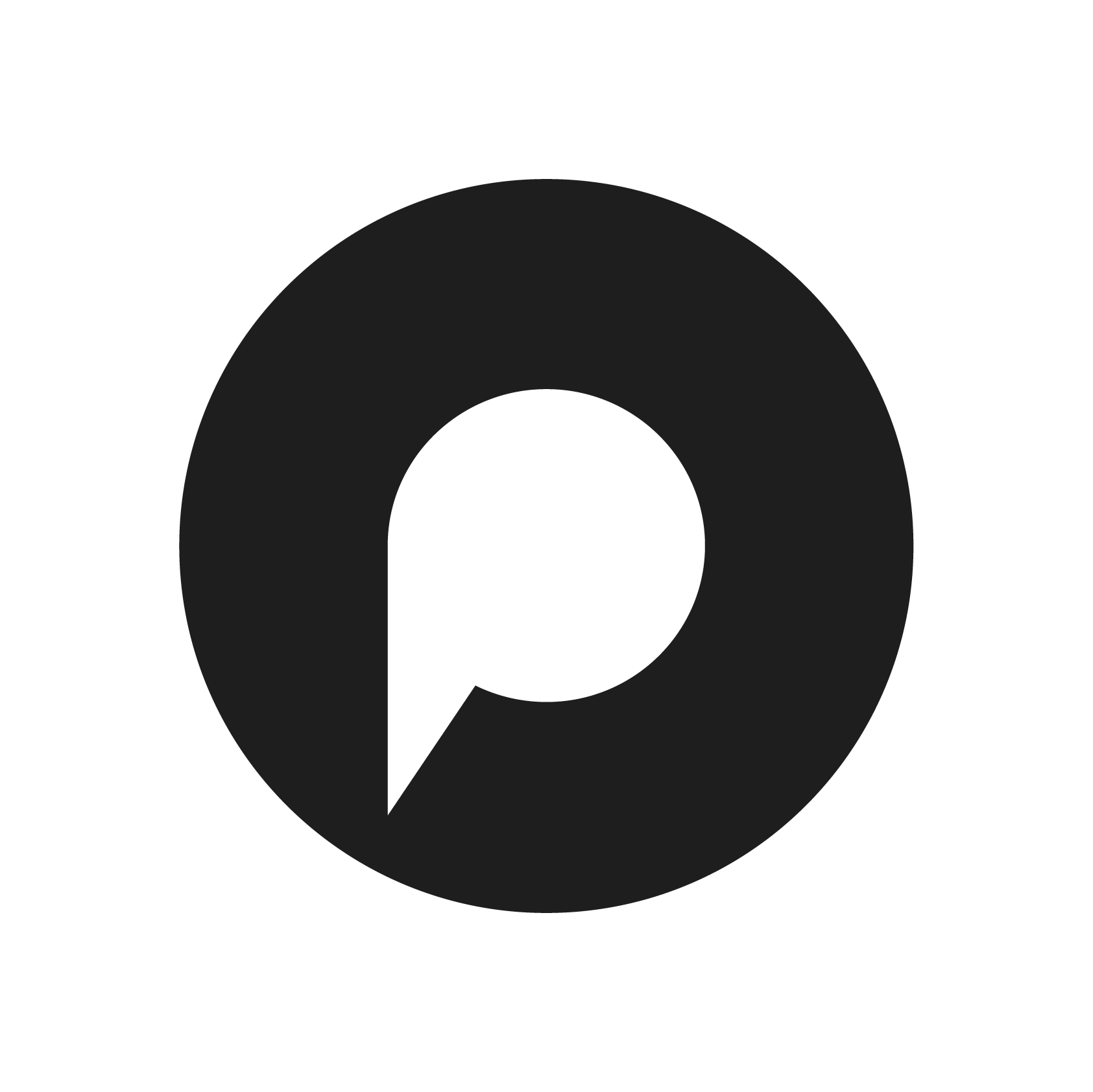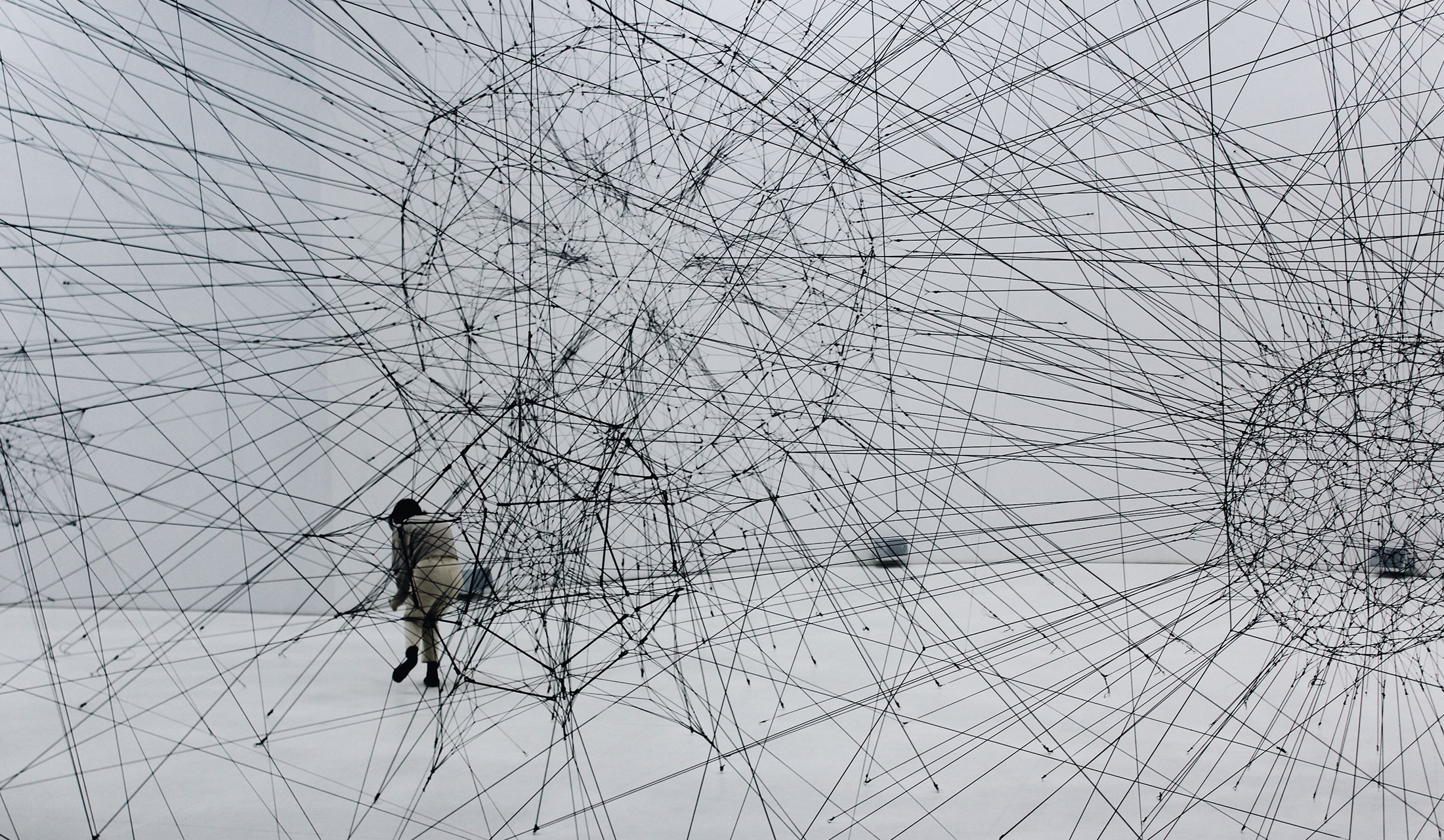Parallels between art and language
I understand art as innovation, “fluid matter” without clear boundaries that spills out over all walks of life and all types of human experience.
I understand art as innovation, “fluid matter” without clear boundaries that spills out over all walks of life and all types of human experience. Like water, it takes bits and pieces from different areas and never gives back what it took in the same amount and order. This randomness, apparent chaos, and chance are the sources of its creativity.
An artistic attitude demands from the artist knowledge of life outside art. My perception is constantly enriched by two types of activity – language and painting. For me, language studies provide a reference point that allows me to distance myself from the world of artists and gives me the perspective of rational reasoning. Art, on the other hand, makes me look at language as an abstract concept.
“Chosen” by language, we “meet” the picture. We start a “voiceless dialogue” in the “language of silence”. Somewhere there, at the intersection of millions of internal monologues, lives art.
A new perspective allows us to see networks of mutual relationships, entanglements between seemingly different areas of artistic research. However, both in language and in art there is a certain area of “inexpressibility”. “Chosen” by language, we “meet” the picture. We start a “voiceless dialogue” in the “language of silence”. Somewhere there, at the intersection of millions of internal monologues, lives art.


